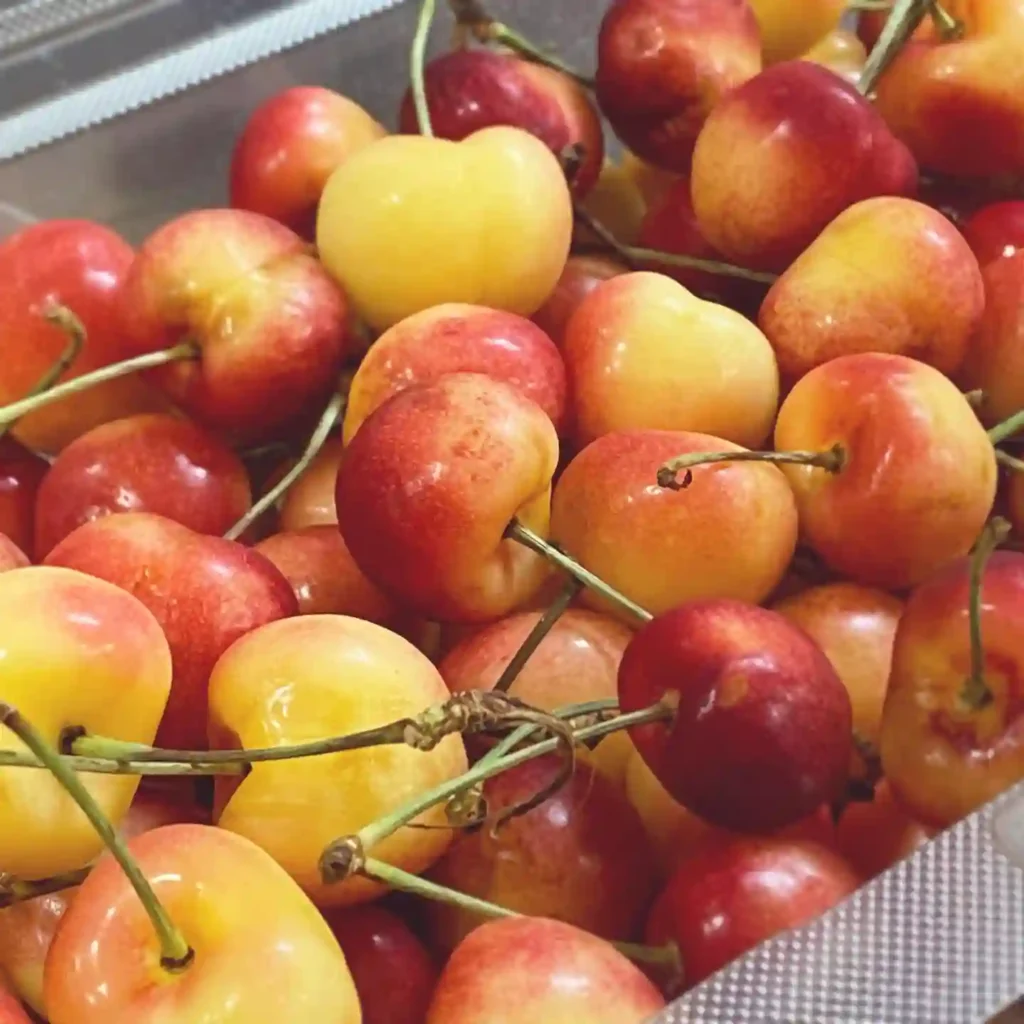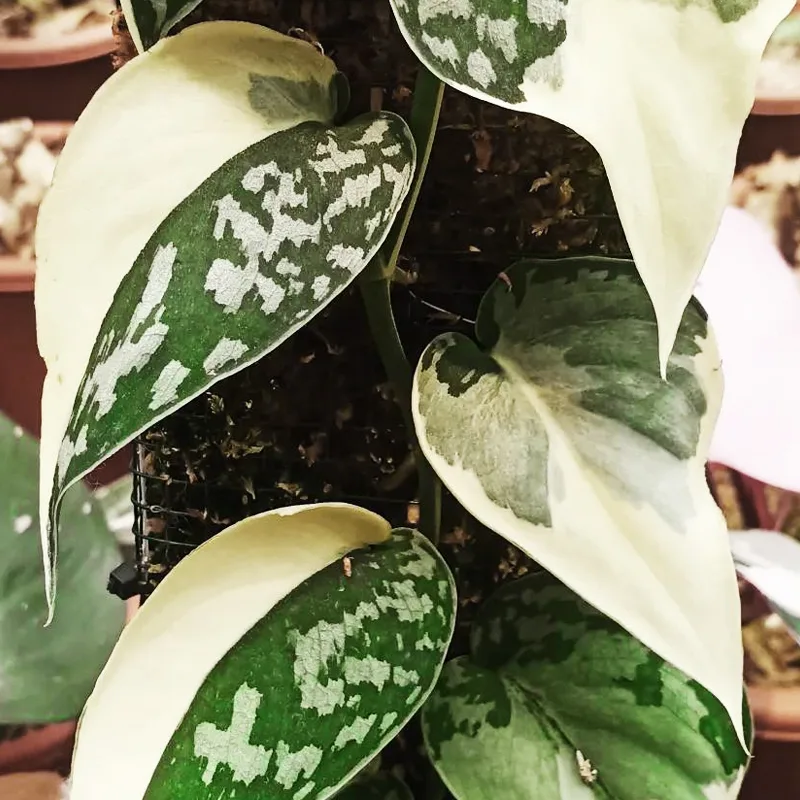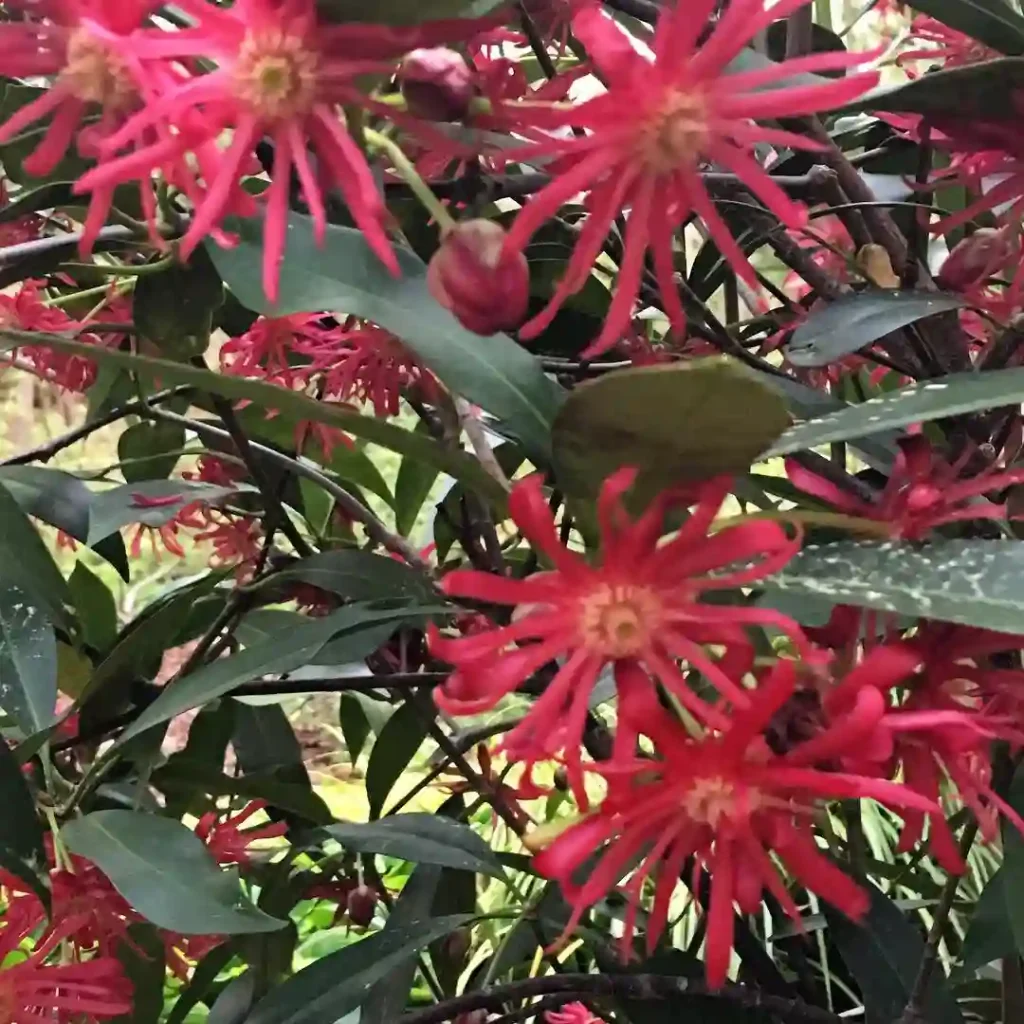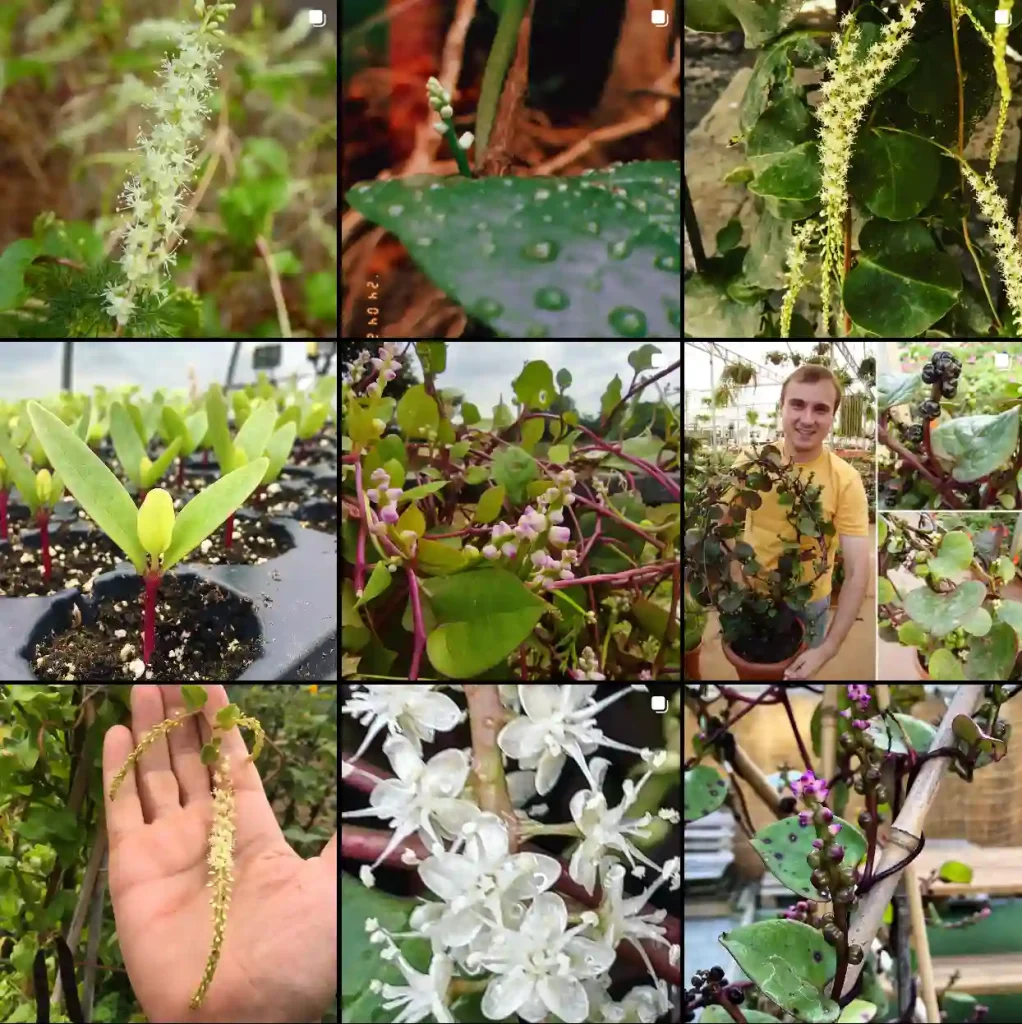Anthurium Decipiens: A Gardener’s Guide to the Giant with a Ghastly Secret
I’m Ferb Vu, and like many plant enthusiasts, I’m captivated by the Anthurium Decipiens. This majestic Aroid boasts enormous, ruffled leaves and can grow into a true giant. But beneath its beauty lies a peculiar secret – a rather unpleasant odor designed to attract flies.
This FAQ dives into everything you need to know about caring for this unique plant, including its fascinating backstory and how it compares to its sometimes-confused cousin, the Anthurium Salgarense.
1327 Species in Genus Anthurium
What is an Anthurium Decipiens?
The Anthurium Decipiens hails from the Colombian highlands. It’s a true showstopper, boasting enormous, velvety leaves with a distinctive, ruffled texture. These leaves unfurl on long, elegant petioles, creating a dramatic silhouette.
As the plant matures, it can reach impressive heights, making it a captivating addition to any indoor space with ample room.
Anthurium Decipiens vs Salgarense
These two Anthurium species are undeniably similar, often causing confusion. Here’s a quick breakdown to help you differentiate them:
Size: The Decipiens takes the crown for size, growing considerably larger than Anthurium Salgarense.
Leaf Texture: The Decipiens’ leaves have a more pronounced, ruffled texture, while the Salgarense’s leaves tend to be smoother.
Veins: The Decipiens’ veins are often more prominent and visible compared to the Salgarense.
Flower (Spadix): Both have inconspicuous flowers (スパディー [Supadei, Japanese] or spadices), but the Decipiens’ spadix is known to emit a foul odor to attract pollinators.
The Curious Case of the Stinky Spadix
Yes, you read that right. The Anthurium Decipiens’ flower emits a foul odor reminiscent of decaying matter. This unique strategy, known as sapromyophily, attracts flies that help with pollination.
While the odor might not be the most pleasant, it’s a fascinating adaptation that ensures the plant’s survival.
How to care for Anthurium Decipiens?
Light: This Aroid thrives in bright, indirect light. Avoid harsh midday sun, which can scorch the leaves.
Water: Water deeply when the top inch of soil dries out. Allow for good drainage to prevent root rot.
Humidity: The Anthurium Decipiens prefers moderate to high humidity. Consider using a humidifier or placing the pot on a pebble tray filled with water.
Soil: A well-draining, airy potting mix is crucial. You can use a commercial Aroid mix or create your own with orchid bark, perlite, and coco coir.
Fertilizer: A balanced, diluted fertilizer can be applied during the growing season (spring and summer). However, less is often more with this plant.
Temperature: Aim for a consistent temperature range between 65-80°F (18-27°C).
Toxicity: Be aware that, like most Anthuriums, the Decipiens is toxic to humans and pets if ingested. Keep it out of reach of children and curious animals.
Is the odor from the spadix strong?
The odor can be noticeable, particularly when the flower is in bloom. However, it’s not overpowering and shouldn’t be a major concern unless you have a very sensitive nose.
How fast does the Anthurium Decipiens grow?
This Aroid is a moderate grower, putting on new foliage steadily with proper care.
Can I propagate the Anthurium Decipiens?
Yes, propagation is possible through stem cuttings or division of mature plants.
Where can I buy an Anthurium Decipiens?
These plants can be trickier to find than more common Anthurium varieties. Online retailers specializing in rare aroids or botanical gardens might be your best bet.
Conclusion: A Rewarding Challenge
The Anthurium Decipiens is a captivating plant with unique characteristics. While its size and stunning foliage are undeniably impressive, its unusual pollination strategy adds another layer of intrigue.
With proper care and a touch of tolerance for the occasional whiff, this Aroid can be a rewarding addition to your collection.
If i die, water my plants!



